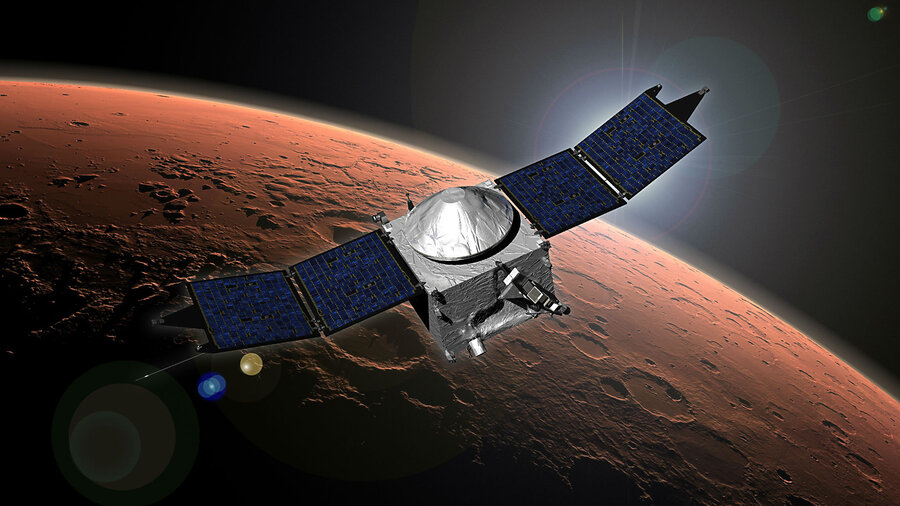Volcanoes on Venus? Hot lava detected
Once thought geologically dead, scientists have found evidence of hot lava flowing on Venus, says a new study.
Venus, the second planet from the sun and the nearest to Earth is mostly covered by a thick atmosphere of sulfuric acid. Unfortunately, that cloud-shrouded environment blocks our view of the surface, so from Earth, astronomers haven’t seen any direct evidence of active volcanoes on Venus.
While scientists have long suspected that volcanoes played a huge role in the planet's evolution, until now there has been little evidence of ongoing volcanism.
The European Space Agency's Venus Express, which has been orbiting Venus for the last eight years, detected signs of hot lava flowing on the planet. Images from the spacecraft’s Venus Monitoring Camera are showing transient bright spots in a rift zone known as Ganiki Chasma, this according to scientists, suggests active volcanic eruptions.
“Our study shows that Venus, our nearest neighbor, is still active and changing in the present day – it is an important step in our quest to understand the different evolutionary histories of Earth and Venus.” says Eugene Shalygin, lead author of the paper reporting the results in Geophysical Research Letters.
“These four ‘hotspots’ are located in what are known from radar imagery to be tectonic rift zones, but this is the first time we have detected that they are hot and changing in temperature from day to day. It is the most tantalising evidence yet for active volcanism.”
There have been times where events in the Venus suggested that an eruption could be occurring. Brief clouds of gases related to volcanic activities have been seen, but they could also be explained by chemical reactions within Venus’ dynamic atmosphere.
Why are scientists excited about this finding?
The Los Angeles Times reports that "The rift zones with these hot spots are somewhat reminiscent of the East African rift zone on Earth .... While the dynamics on Venus are clearly very different than the ones on Earth today, Venus’ current activity could hint at what Earth looked like before its tectonic plates were formed.
“That’s why Venus is so important.... Maybe this is what the Earth looks like before plate tectonics got started," said study coauthor James Head, a planetary geoscientist at Brown University,
Venus, which is almost exactly the same size as Earth, is particularly inhospitable. It is ten times hotter than Earth with an atmosphere so thick that the longest any spacecraft has survived on its surface before being crushed is a little over two hours, according to NASA.
The surface of Venus is dominated by volcanic features and has more volcanoes than any other planet in the solar system according to observations by previous missions to Venus. If hot lava is erupting on the surface, Venus joins Earth and Jupiter’s moons in the list of known volcanically active worlds in the solar system.






